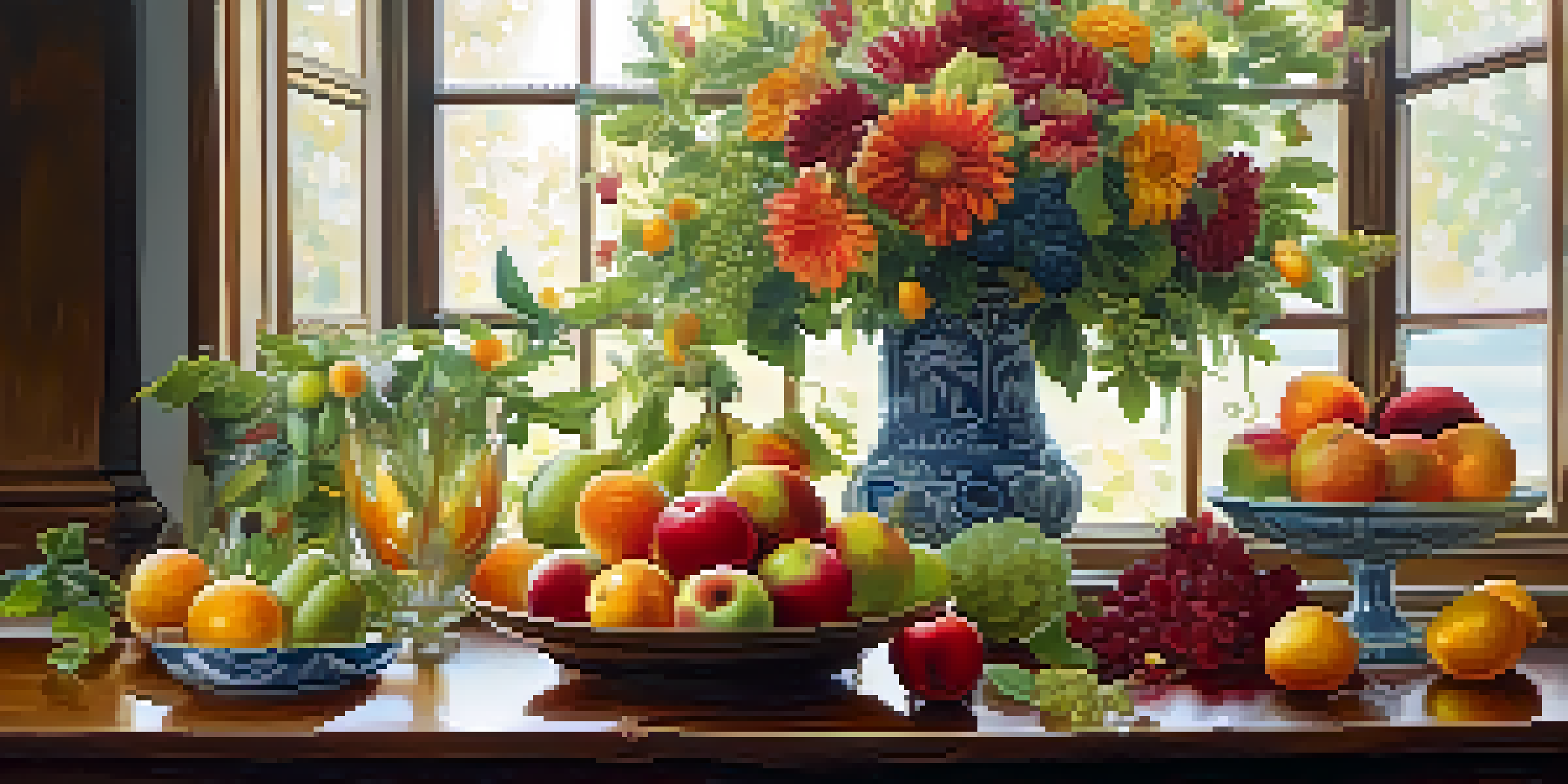Influential Women Artists of the Baroque Period

The Baroque Period: A Brief Overview
The Baroque period, spanning from the late 16th to the early 18th century, was a time of great artistic innovation. Characterized by grandeur, emotion, and dramatic use of light, this era produced some of the most celebrated artists in history. While many think of Baroque art as male-dominated, women played crucial roles that are often overlooked. Their contributions laid the groundwork for future generations of female artists.
Artemisia Gentileschi: A Trailblazer
Artemisia Gentileschi is perhaps the most famous female artist of the Baroque period, renowned for her powerful and emotive paintings. Born in Rome in 1593, she faced significant challenges, including a highly publicized trial for sexual assault. Instead of being silenced, she used her experiences to fuel her art, depicting strong women from biblical and mythological stories. Her work not only challenged societal norms but also paved the way for future female artists.
Women Artists Shaped Baroque Art
Female artists like Artemisia Gentileschi and Judith Leyster played crucial roles in the Baroque period, challenging norms and influencing future generations.
Judith Leyster: Master of Genre Painting
Another influential figure is Judith Leyster, who was known for her lively genre scenes and portraits. She gained recognition in the Dutch Golden Age, showcasing the daily life of ordinary people with a sense of warmth and vibrancy. Leyster's ability to capture emotion and character in her subjects made her a sought-after artist during her time. Today, she is celebrated for her unique style and contribution to the Baroque genre.
Sofonisba Anguissola: Portraits of Power
Sofonisba Anguissola, born in 1532, was a pioneering portrait artist whose work gained admiration from the likes of King Philip II of Spain. Her portraits, often featuring family members and herself, are notable for their psychological depth and subtlety. Anguissola's success in a male-dominated field was groundbreaking, as she became one of the first women to gain recognition as a professional artist. Her legacy continues to inspire women artists around the world.
Trailblazers for Future Generations
The contributions of Baroque women artists inspired countless future female artists and highlighted the importance of representation in the art world.
Élisabeth Louise Vigée Le Brun: A Royal Favorite
Élisabeth Louise Vigée Le Brun, a prominent French painter, became famous for her portraits of royalty, especially Queen Marie Antoinette. Her ability to capture the elegance and personality of her subjects earned her a place at the royal court. Le Brun's style combined the grandeur of Baroque with a touch of Rococo, making her work stand out in a crowded field. She broke barriers by establishing a successful career in a time when female artists were often marginalized.
Fede Galizia: A Master of Still Life
Fede Galizia was an exceptional still-life painter who brought a unique perspective to the Baroque art scene. Active in Milan, she specialized in meticulously detailed works that often included symbolic elements. Her ability to infuse life into inanimate objects showcased her exceptional talent and innovation. Galizia's contributions are significant as she paved the way for future still-life artists, proving that women could excel in this genre.
Celebrating Baroque Women's Legacy
Recognizing the achievements of women artists during the Baroque period helps ensure their transformative legacies continue to inspire today.
The Influence of Women Artists on Future Generations
The impact of these Baroque women artists extends far beyond their own time. By breaking through societal barriers, they inspired countless future female artists to pursue their passion for art. Their achievements highlighted the need for representation and equality in the art world, a conversation that continues today. The legacy of these trailblazers serves as a reminder that art knows no gender.
Conclusion: Celebrating Baroque Women Artists
In conclusion, the contributions of women artists during the Baroque period were significant and transformative. Figures like Artemisia Gentileschi, Judith Leyster, and Sofonisba Anguissola not only created remarkable works but also challenged the norms of their time. By shining a light on their stories, we can appreciate the rich tapestry of art history and the vital role women played in it. Celebrating these artists helps to ensure that their legacies continue to inspire future generations.